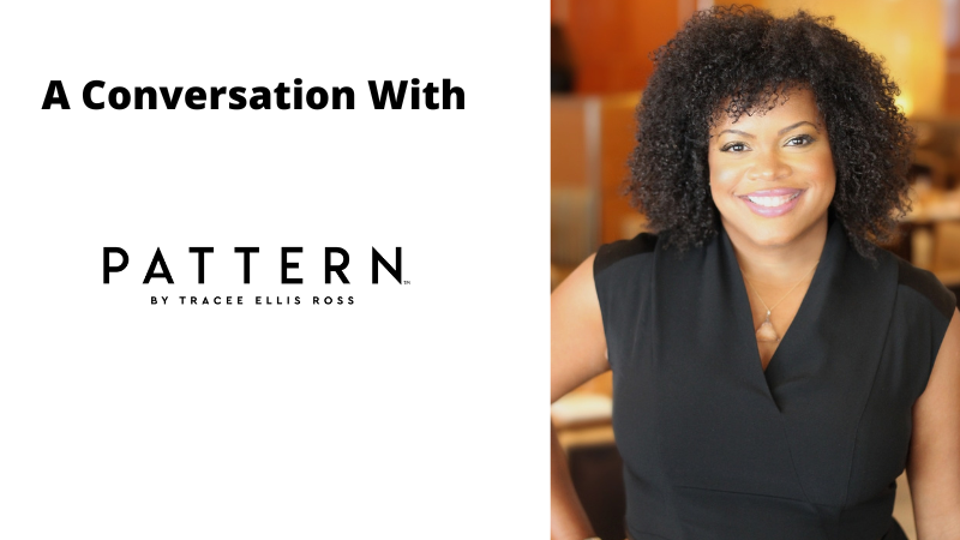Influencer marketing is yet another area getting a reboot in today’s experience economy. While we have seen the rise of influencers over the past decade, the influencer 3.0 movement has begun its ascent. We have entered what has been called “the age of cultural curators” and this is a nod to this new era of influence. No longer are influencers doing challenges on TikTok for one brand at a time or doing beauty hacks on YouTube in the hope of sponsorship. Today brand influencers are curating the lives of their loyal followers across platform.
As consumers become more discerning, authenticity and transparency in influencer-brand partnerships will be crucial. Brands must collaborate with influencers who genuinely align with their values and resonate with their audience. This has always been the case, but as the age of mistrust grows, these points will only become more critical. As a result, more surgical approaches to using influencers, in ways that radiate even more authenticity and trust, will continue to rise.
As a result of various recent shifts, I wanted to speak to someone at the forefront of all key trends on this topic, who has spent her career innovating within the beauty category across marketing, social media, influencer programming and communications. Tiffani Carter is currently the Chief Marketing Officer of Pattern. She is an industry veteran who has previously held senior roles at leading organizations such as COTY, Shiseido and Thrive Causemetics. Following is a recap of our conversation:
Billee Howard: You have taken a non-traditional path to CMO. You used the wave of digital transformation as opportunities and accelerants to get there. Can you share your journey and what your current skillset looks like as a result?
Tiffani Carter: I began my beauty career in PR, charting my own path at my own pace. When Facebook emerged, I took the opportunity to manage social media for PR clients. With every pivot in my journey, I enhanced my skills, evolving alongside the growth of the digital marketing landscape. What began as owning PR plus organic social grew into paid social and influencer marketing, then expanded into end-to-end paid media and content development, ultimately branching into retail marketing, creative strategies, and omnichannel marketing. These varied experiences have helped shape me as a full-stack marketer, rooted in the principles of communications. Today, I leverage this foundation with a digital mindset, focusing on building dynamic, two-way communication channels with our community.
Howard: In a world that’s looking to the past for comfort, hero storytelling should be top of mind for many, but it isn’t. Tell me more about the why and how.
Carter: In the beauty and consumer goods industry, the old notion of newness as the primary growth strategy feels outdated. Many brands get stuck in a “launch and leave” approach. I’ve worked with legacy brands that prioritize hero product marketing, but my most rewarding experience has been at Pattern Beauty. In just five years, Pattern has created a unique space in premium hair care, specifically for the curly, coily, and tight-textured community, building its own legacy with exceptional products. My focus is on ensuring these hero products, like our beloved Leave-in Conditioner and Curl Mousse, achieve high visibility and maintain a timeless competitive edge through our targeted hero strategy and refreshed content. The influencers and creators in our community play a critical role in this strategy, and much of our highest-performing content is in their voice.
Howard: What should we expect to see in the influencer 3.0 movement?
Carter: The conversation around brands collaborating with micro and nano influencers is common, but it’s not a new trend. There isn’t a one-size-fits-all strategy for influencer marketing; it’s essential to identify the right partners based on tailored metrics and to nurture brand relationships. The real shift is recognizing that influencers and creators act as small businesses with powerful, valuable connections to their audiences. This perspective is driving critical and much-needed advancements towards more transparent fee structures and refined metrics. It’s also important to acknowledge that even though there’s still a severe lack of range in age, skin tones, abilities, and hair types among brand influencer partnerships, this is probably the biggest opportunity for brands to differentiate themselves.
What excites me most about the future of influencer marketing is the evolution of brand-to-influencer relationships. Nurturing strong connections with influencers and creators has always been one of my core values that has helped foster more authentic partnerships with the brand. My team is embracing this by implementing a series of small-scale, high-impact activities this year.
Howard: What are the top trends CMOs should be aware of as 2025 continues to unfold?
Carter: AI-driven hyper-personalized content, re-mapping metrics beyond CPAs with sophisticated attribution, and advanced team collaboration processes and tools are what’s on my horizon. As brands identify new functions within team roles, there’s a growing need for streamlined collaboration to effectively implement these advanced marketing strategies. By being intentional about our cross-communication processes we are unlocking even more opportunities for business growth.
Another growing trend is live events and experiences. At Pattern, we focus on creating outstanding community experiences, such as our salon events. Small salon owners and hairstylists play a vital role in our textured hair community, and we collaborate with them to consistently educate our customers. These intimate, localized events in non-traditional markets like Houston and Charlotte produce far-reaching effects beyond the salon chair.

